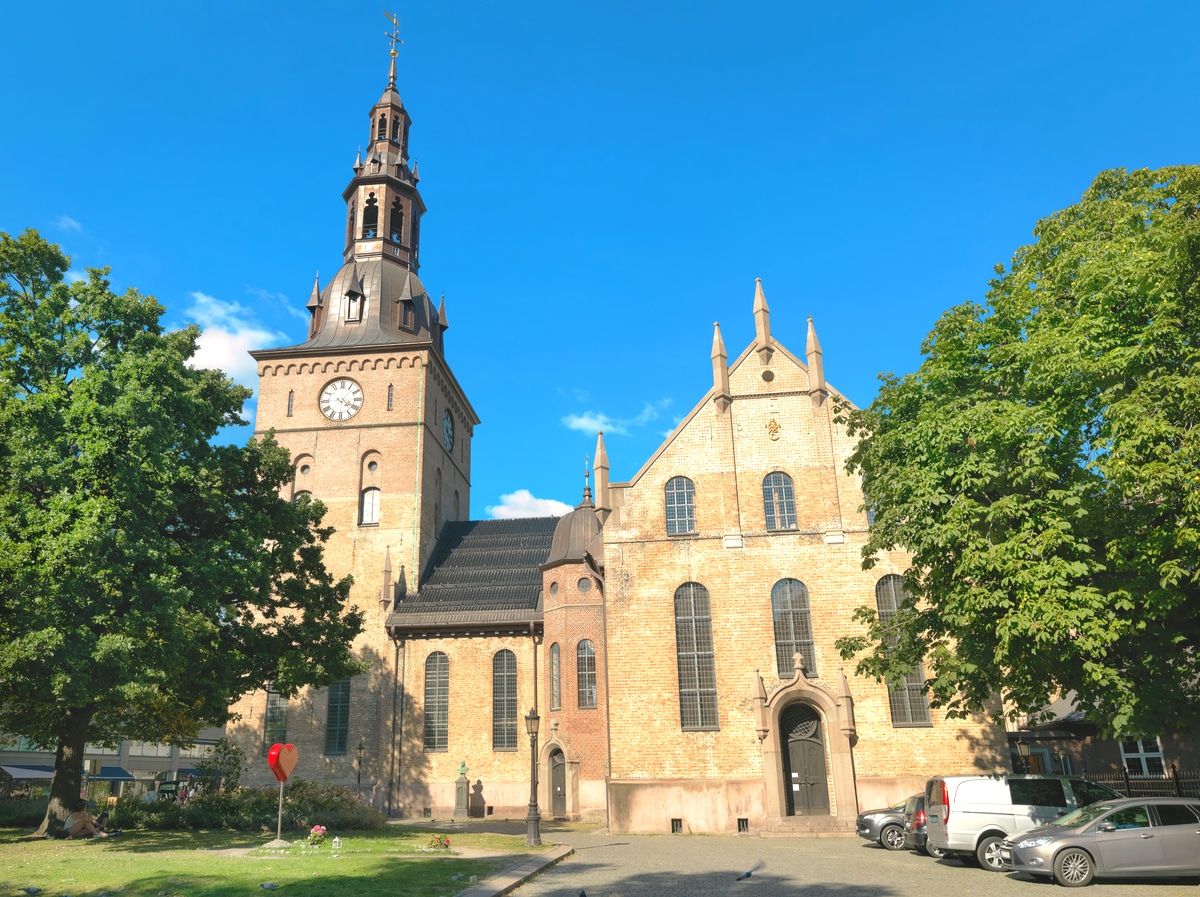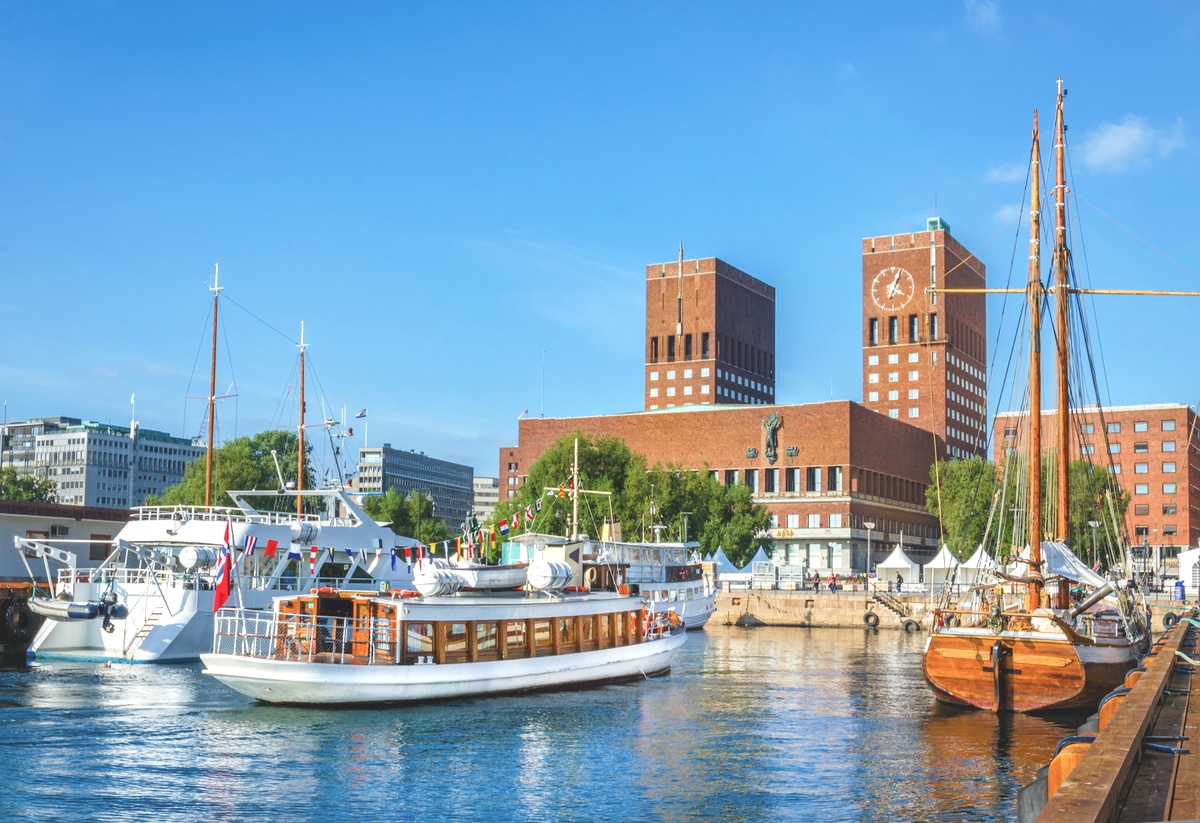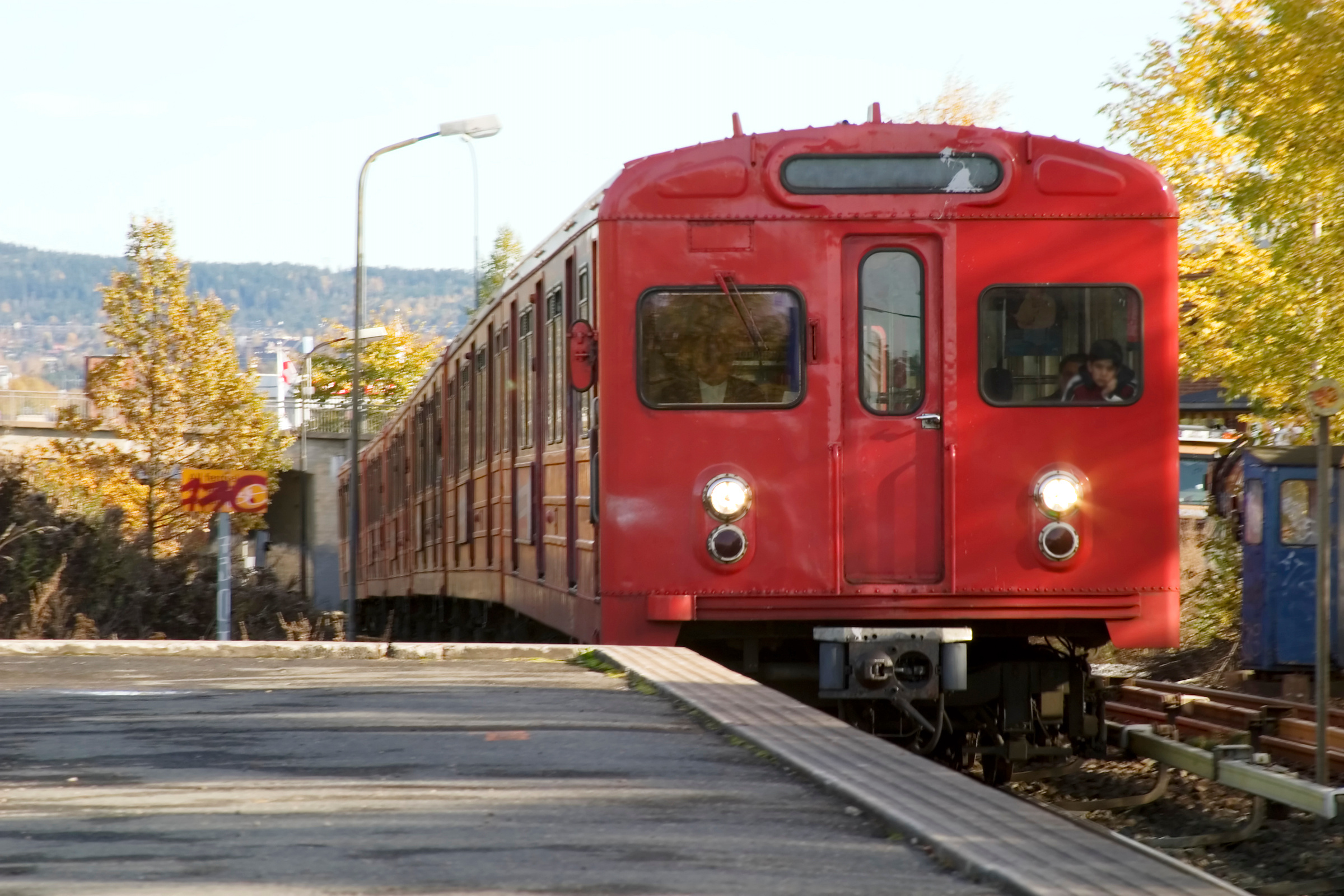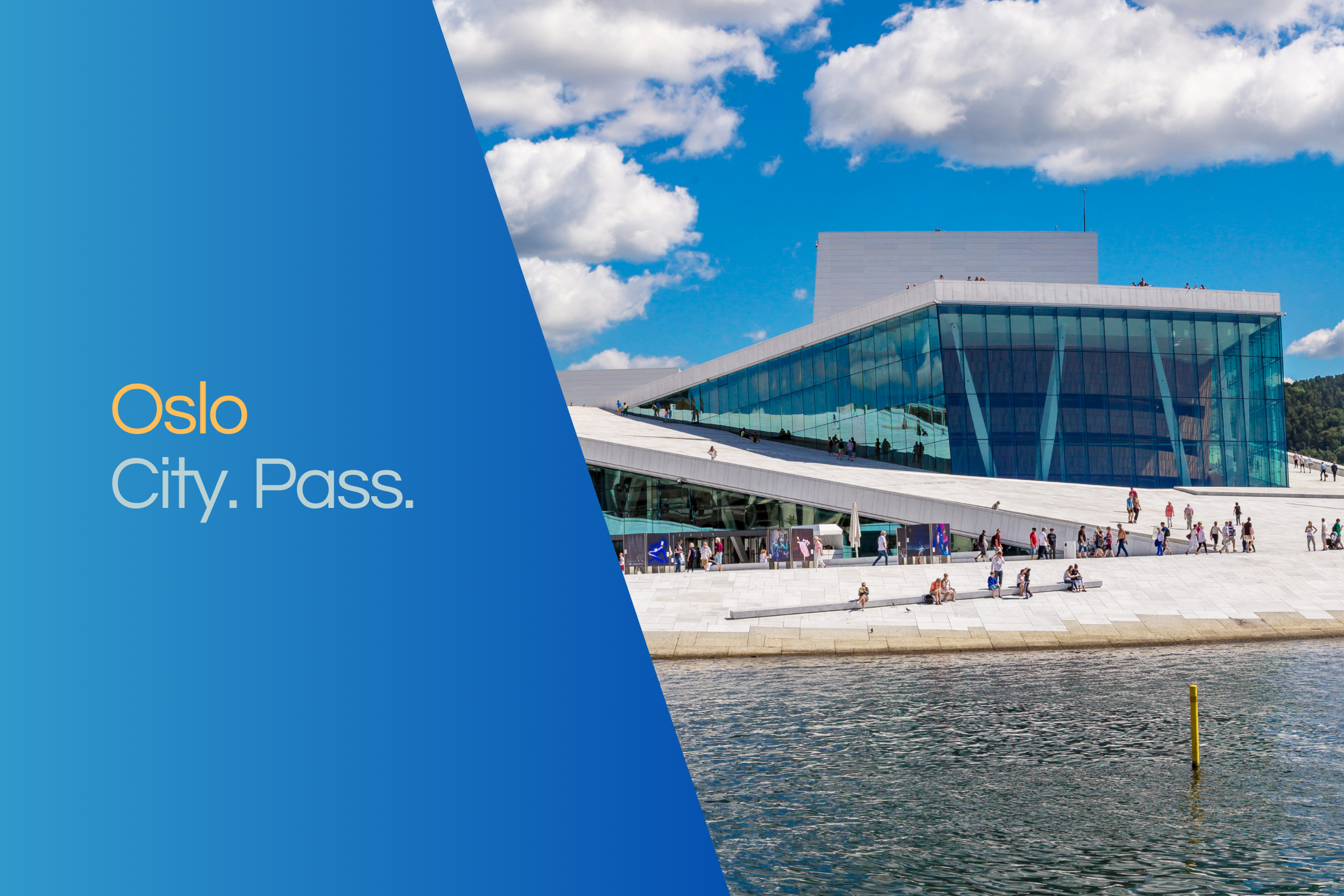Oslo Cathedral
Oslo Cathedral is the largest house of worship in the Norwegian capital. The Evangelical Lutheran cathedral is located in the centre of Oslo, not far from Karl Johanns Gate, the boulevard in Oslo's city centre. Until 1950, the church was called Vår Frelsers kirke ("Redeemer's Church"). It was then renamed Domkirke for the city's 900th anniversary.

History of the Cathedral Church
The cathedral church is already the third cathedral in Oslo. Already at the beginning of the 12th century the Norwegian king Sirgurd I had a cathedral built (Hallvards domkirke).
A big fire in Oslo in the year 1624 caused that the city was relocated. A new cathedral was also built in the centre of the newly rebuilt city between 1632 and 1639, because the old cathedral was falling into disrepair. However, by the end of the 17th century, the second cathedral had already fallen victim to the flames and a third cathedral building was erected in its place, the present cathedral church. It was built between 1694 and 1697.
About 150 years later, in the years 1848-1850, Oslo Cathedral was rebuilt. The German architect Alexis de Chateauneuf was commissioned with the reconstruction. A German architect was also in charge of the construction: Heinrich Ernst Schirmer.
Chateauneuf fell ill in 1850 and was unable to continue the rebuilding work. The work on the Oslo Cathedral was taken over by Wilhelm von Hanno.
Several weddings of the royal family took place in the cathedral church. Both the current King Harald V and the heir to the throne, Crown Prince Haakoon, were married in Oslo Cathedral.
From August 2006, the cathedral was renovated again and was closed to the public for three years as of 18 April 2010.
Organ
The current organ is the 5th instrument of its kind in the cathedral. It was built in 1997/1998 by the local organ building company Ryde & Berg. The first organ was built between 1726 and 1729. It was replaced in 1729 and again in 1888 and 1930. The present instrument has 53 stops with over 4000 pipes. While the stop action is mechanical, the stop action is electric.
Equipment
The pulpit, the organ façade with acanthus carvings and the altarpiece are still original. They are all richly decorated and therefore attract many visitors. The complete interior, however, dates from around 1720, and the arcades date from 1841-1858. Emanuel Viegeland was responsible for the stained glass. Many of the ceiling paintings date from 1936-1950.





